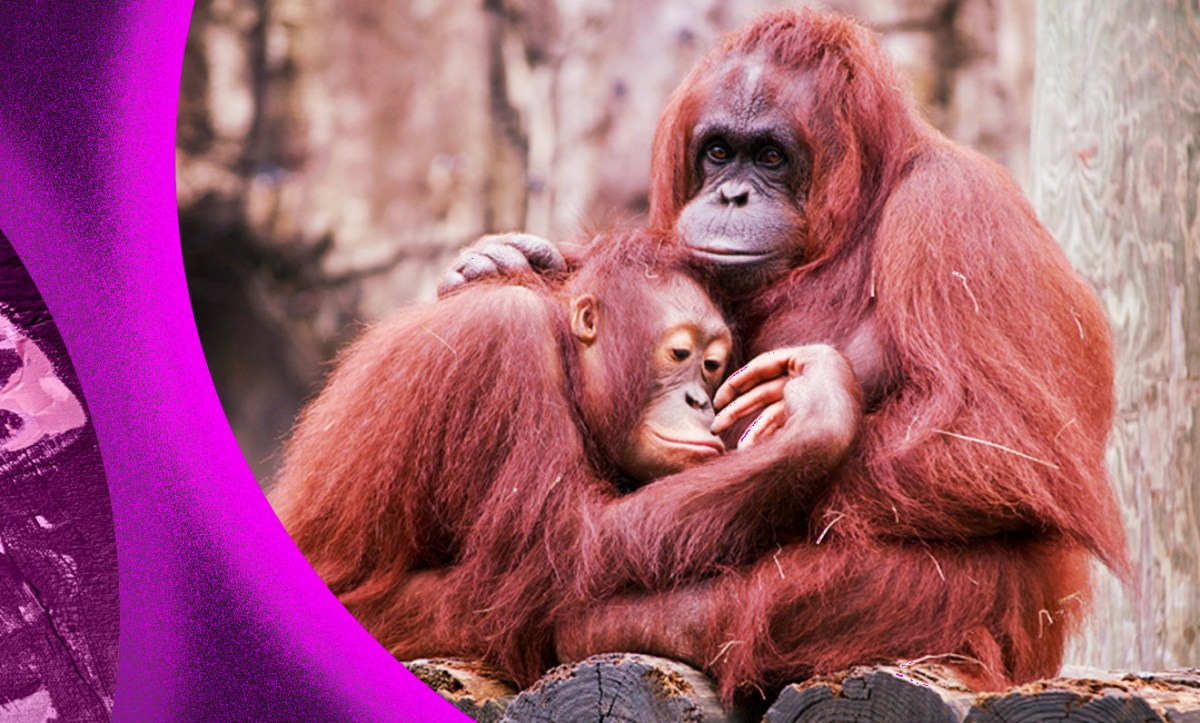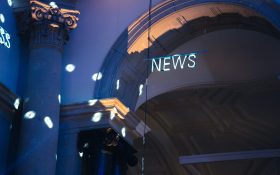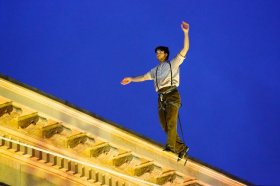In this FREE journey to creative recovery, we’re following Julia Cameron’s bestselling creativity self-help manual, The Artist’s Way. We’re tracing the book’s 12-week program with a series of inspiring ArtsHub articles, resources and ideas for artist-date activities. There’s also a Facebook community group you can join for discussion and support.
To recap, the idea with The Artist’s Way is to commit yourself to a structured creative recovery that will spark joy, remove blocks and build the confidence to play and take risks, whether you’re a professional artist or not. As Cameron writes, ‘No matter what age or your life path, whether making art is your career or your hobby or your dream, it is not too late or too selfish or too silly to work on your creativity.’
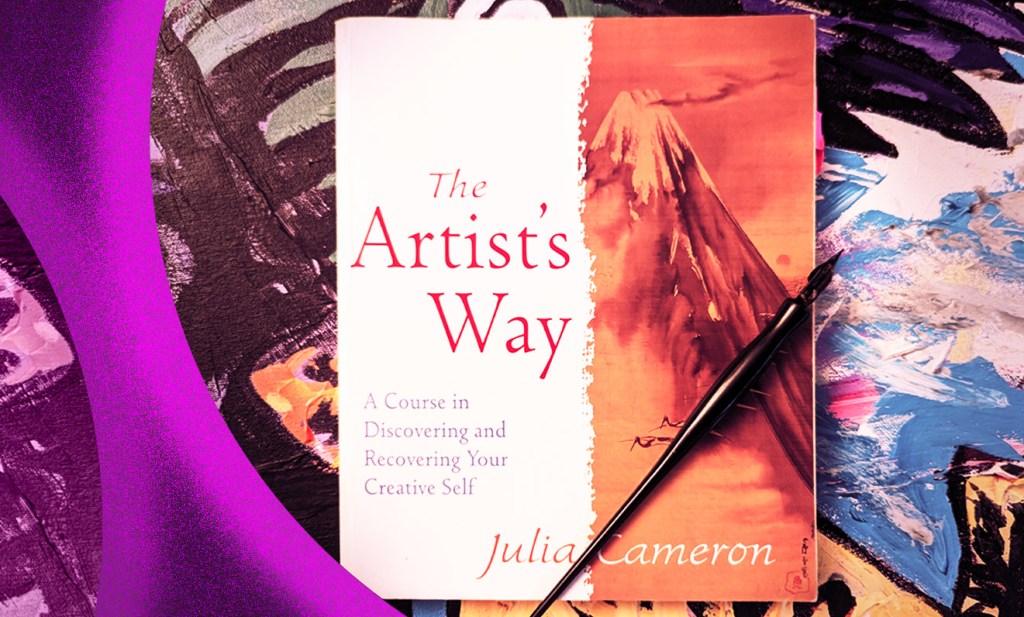
You can read our first article here, an invitation to change your life, or jump right in and follow along, wherever you are. Grab a copy of the book, start reading, and look out for ArtsHub’s weekly articles, published each Monday.
Keep up to date with The Artist’s Way series here
What to do – in a nutshell
- Read the relevant chapters of the book, especially the introduction and explanation of basic principles and tools.
- Make a commitment with yourself to follow the program – even better, sign a contract with yourself.
- Write Morning Pages each day.
- Take yourself on a weekly Artist Date that has no purpose other than feeding your soul.
- Complete a few of the exercises suggested at the end of each chapter.
- Check in weekly.
- Join with others if you wish, on our private ArtsHub Facebook group, for conversation and encouragement.
- Watch yourself change and grow, and be prepared to get uncomfortable.
Week 1: Safety first
Fear is the great enemy of creativity. Scared children and threatened animals don’t play, and play is the basis of originality, exploration and asking, “what if?”
Fear is our biologically evolved response to real or imagined danger and, while it’s useful in keeping us safe, it also keeps us creatively small and conforming. Trying new things is risky and requires having the courage to stand out – even if only in front of the mirror or on the page without an audience. Fear is tricky and shape-shifting. It masquerades as laziness, procrastination or a tendency to people-please and fill every moment with “helping others”.
As you pick up your paintbrush, or camera, or microphone – whatever your tools may be – what are you scared of? Failure and judgement? Of being a Bad Artist? Getting laughed at or excluded from the tribe? Does it feel dangerous to imagine that someone might call you an egomaniac, show-off or freak for making your art and doing your thing?
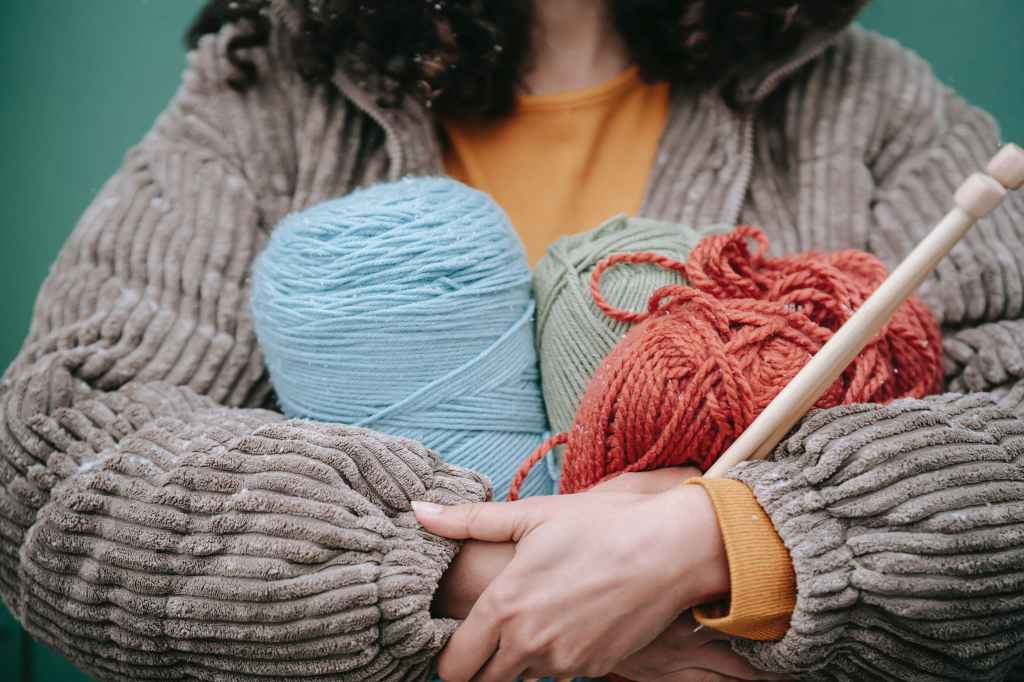
My journey with fear
For me, as I write this article on a cloudy Thursday afternoon, my fear is about sounding preachy or condescending – or just getting facts wrong. My inner critic whispers, ‘Who are you to talk of overcoming fears? Not a real artist anyway. Fraud!’
But deadlines defeat perfectionism – which is why most writers need them – and so I keep going. As we undertake this Artist’s Way journey together, I’m hoping to reach a place where I can create art (in my case, writing, but maybe painting for fun or ceramics or photography) without experiencing so much self-loathing, dread and distress. In short, without such fear.
I know the program works because I’ve done it before. I first encountered The Artist’s Way about 20 years ago. The weekly readings and Morning Pages held me in place to start writing a story that later became memoir. Then, seven years ago, I picked the book up again as I quavered in fear, ready to start writing a novel that is now, finally, being published this year.
The program created a safe container for three months: a structured approach to taking myself seriously and speaking back to that harsh Editor in my head who kept criticising and trying to “fix” things before they were even written. Now, I’m starting the program again for the third time and sharing the journey with ArtsHub readers.
You may be thinking, ‘if it works, why do we need to keep doing it?’ But the creative progress is spiral and circular, not linear. Safety needs to be created and rediscovered at different life phases and for different projects and goals.
Read: Seven podcasts to boost your creativity
Shadow artists
As Julia Cameron writes, ‘One of our chief needs as creative beings is support. Unfortunately, this is hard to come by.’ Week One’s activities are all about finding that inner support.
As children, many of us were discouraged from pursuing artistic passions by parents who worried about our future security. In many cases, this produces shadow artists – people who gravitate to the safe, better-paid support roles in their chosen field while living unfulfilled creative lives themselves. This is a chilling idea, and one worth digging deep around in your own journal.
Making a living and wearing many hats is one thing, but are you avoiding the work that really calls to you? What if it were safe to play and make a mess, to try something and not be good at it? By creating a sense of emotional safety through weekly readings, Morning Pages and Artist Dates, we gently support and nurture ourselves rather than criticising every stumble or awkward stroke.
As Cameron writes: ‘We want to be great – immediately great – but that is not how recovery works. It is an awkward, tentative, even embarrassing process. There will be many times when we won’t look good – to ourselves or anyone else. We need to stop demanding that we do. It is impossible to get better and look good at the same time.’
Core negative beliefs
Being blocked can feel safe, whereas creativity requires stepping into the unknown. This week, we try to find our core negative beliefs about artists that may be holding us back. For example: ‘I can’t be a successful or prolific artist because… I will go crazy, broke, look like a fool, upset my mother and everyone will hate me.’
As Cameron says, our core negatives, which come from religion, family and culture, work to keep us scared and perpetuate negative stereotypes about creative people and artists in general.
But we can challenge these negatives with affirmations and rewrite the story. For example: ‘Artists can be sober, sane, solvent and happily connected to family.’
Affirmations feel a bit naff and fake to me, but doing the exercises in this chapter revealed I’m still fighting some of those persistent, negative core beliefs, especially the ones about God, mothers and poverty.
Some of the suggested Creative Affirmations that Cameron gives do resonate, so I’m trying to internalise them this week.
- ‘I am willing to let myself create.’
- ‘My creativity leads me to truth and love.’
- ‘I am willing to experience my creative energy.’
The basic tools: ideas for Morning Pages and Artist Dates
Apart from reading the relevant chapter each week, and selecting from a list of prompts and tasks, the basic tools of artistic recovery are Morning Pages and Artist Dates.
Morning Pages
Consist of three pages of stream-of-consciousness longhand writing every morning, ideally upon waking, an exercise designed to clear the mind, tap into the subconscious and spark reflection. These pages are not designed to be read or saved like a normal diary or journal. They’re for blurting and clearing, a way to bypass the inner critic and access the subconscious and see what may be holding us back.
Do you find Morning Pages hard?
- Try habit stacking. Wake up 20 minutes earlier and do them in bed with a cup of coffee.
- Take them to a café with a nice view.
- If you miss a day, pick it up the next day.
- If you can’t do them in the morning, do them in the afternoon.
- If you can only manage one page, start with one page and work your way up. The point is to do them whether you feel like it or not, like yoga stretches or breathing. Just do them.
- Can’t think what to write? Use some of the Tasks at the end of each chapter of The Artist’s Way as prompts.
- Start with describing where you are, what you’re looking at and what you’re hoping for. (My pages often begin, tediously, with too much talk about how tired I am. The good stuff kicks in around page two.)
- Buy yourself a lovely new notebook or use one of the fancy ones you probably have lying around empty because they’re too pretty to use. Now is the time. You’re worth it!
Artist Dates
Artist Dates are weekly excursions designed to nurture and replenish the creative spirit – to fill up that well of images and stories that we draw from when we make art. Ideally, these dates are done on your own – without friends, lovers or children. They’re for you.
Cameron talks about these dates as an act of intimacy with ourselves and that a reluctance to do them alone can signal a fear of self-intimacy. But if you really can’t do an Artist Date alone, it’s better to do something than nothing. Take the support animal or the friend if you absolutely must, but remember, this is your experience.
Notice too, how often you’re tempted to break the date with yourself because something more important comes up. Note that tendency to put yourself last.
Participants are encouraged to engage in activities that inspire and delight. This could be going to a park and sketching the trees, visiting a library, cinema or exhibition. Or taking a walk through the city and documenting it in photographs. It’s nice to do at least half of your dates outside the home, but if you can’t get out, Artist Dates can happen in your own bedroom or studio, as long as they’re not work, but an opportunity to play in a way that serves no set outcome.
Quick tips and easy ideas for Artist Dates
- Schedule your date (around two hours a week) ahead of time and protect it!
- Get out of your routine and leave the house if possible.
- Try something outside your usual art form.
- Make a photo collage.
- Go to the library and borrow books that call out to you.
- Pick flowers and arrange them in a vase.
- Play music you love and sing along. Or go to a recital or concert.
- Attend live theatre, alone.
- Try a one-off art class.
- Go to the movies, alone.
- Cook yourself a beautiful meal using a new recipe.
- Notice the feelings that come up: silly and selfish? Guilty? Delicious?
Other resources
- Visit ArtsHub‘s The Artist’s Way Community Facebook group to share your journey and ask questions. We’d love to hear from you!
- If you’re keen to leave the house for your Artist Date, why not check out ArtsHub Events listings with options in all States?
- Follow Julia Cameron on Instagram for regular pep slides.
- Watch Jaclyn Baer’s very soothing video about her Morning Pages process:
Next up is Week Two: Recovering a sense of Identity – and we’ll be exploring self-definition, poisonous playmates, crazymakers and Rules of the Road. Stay tuned.
